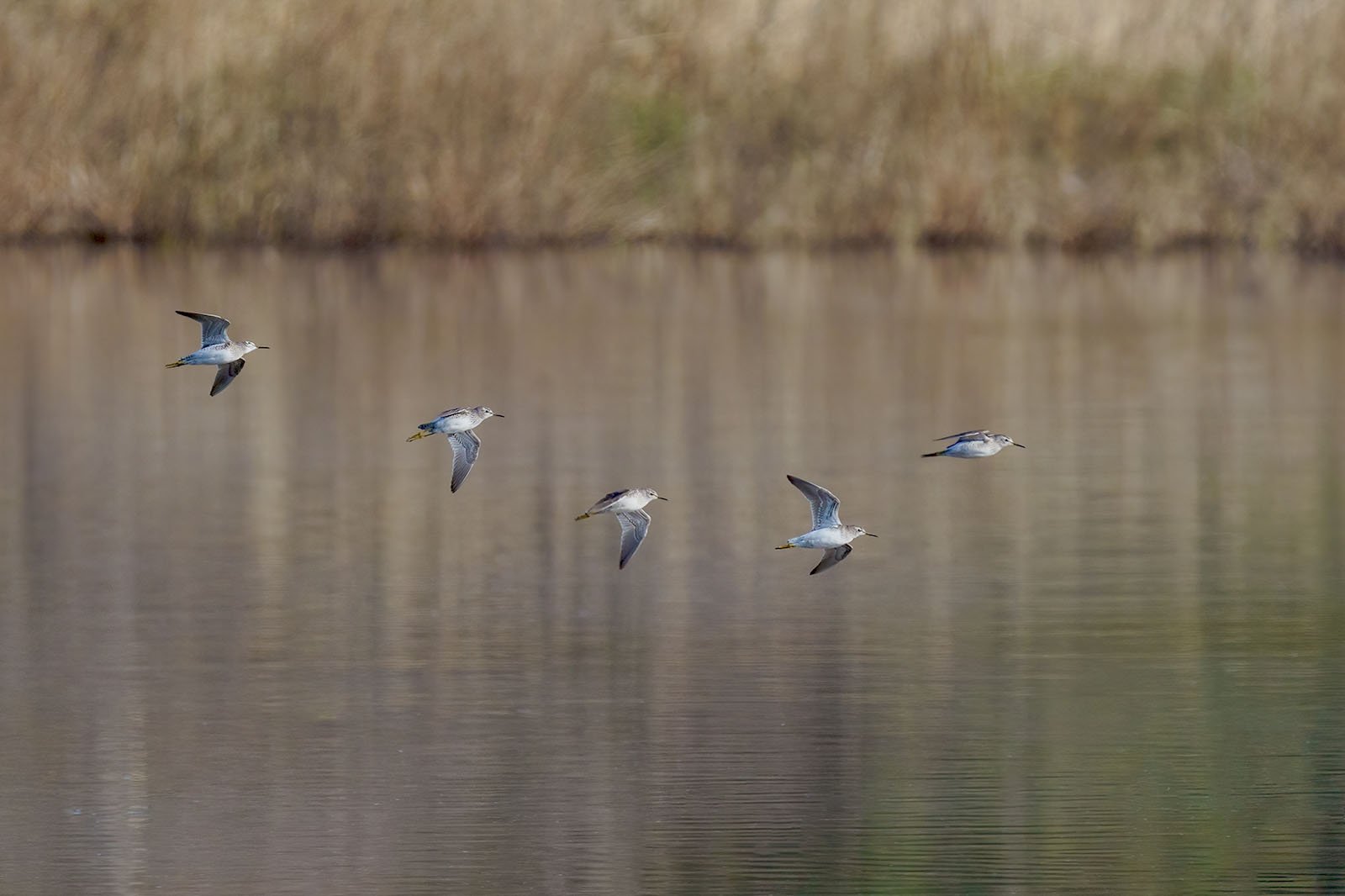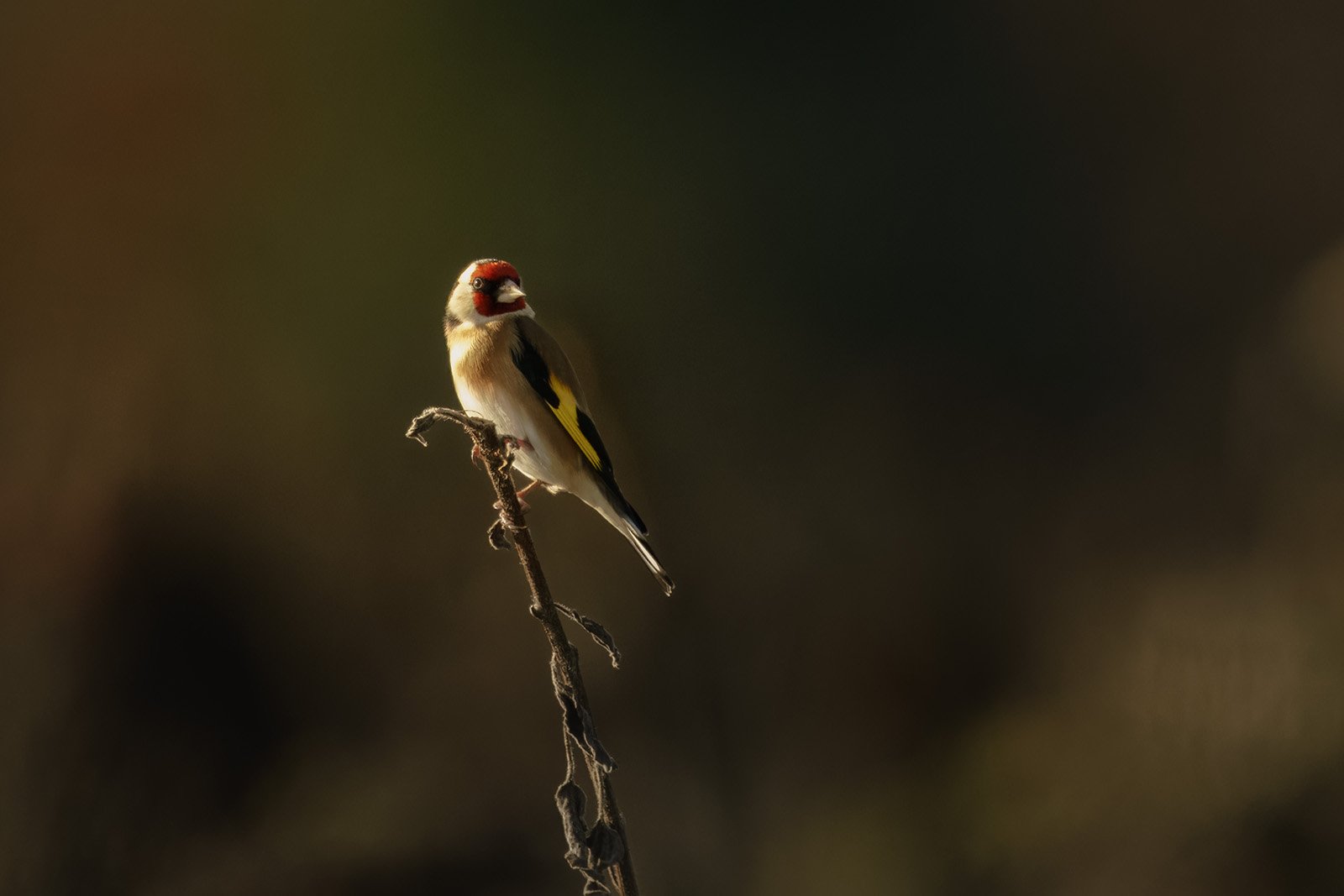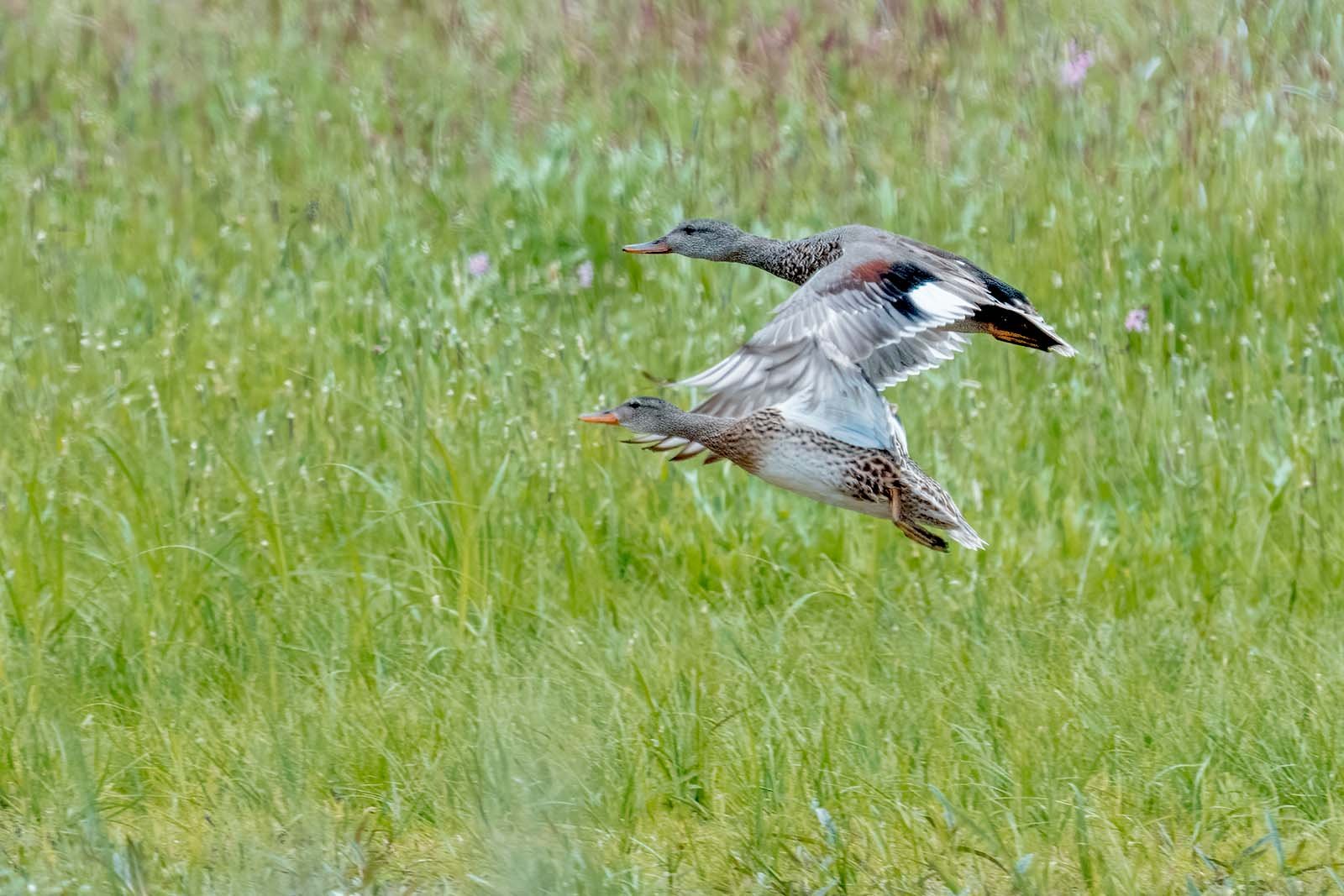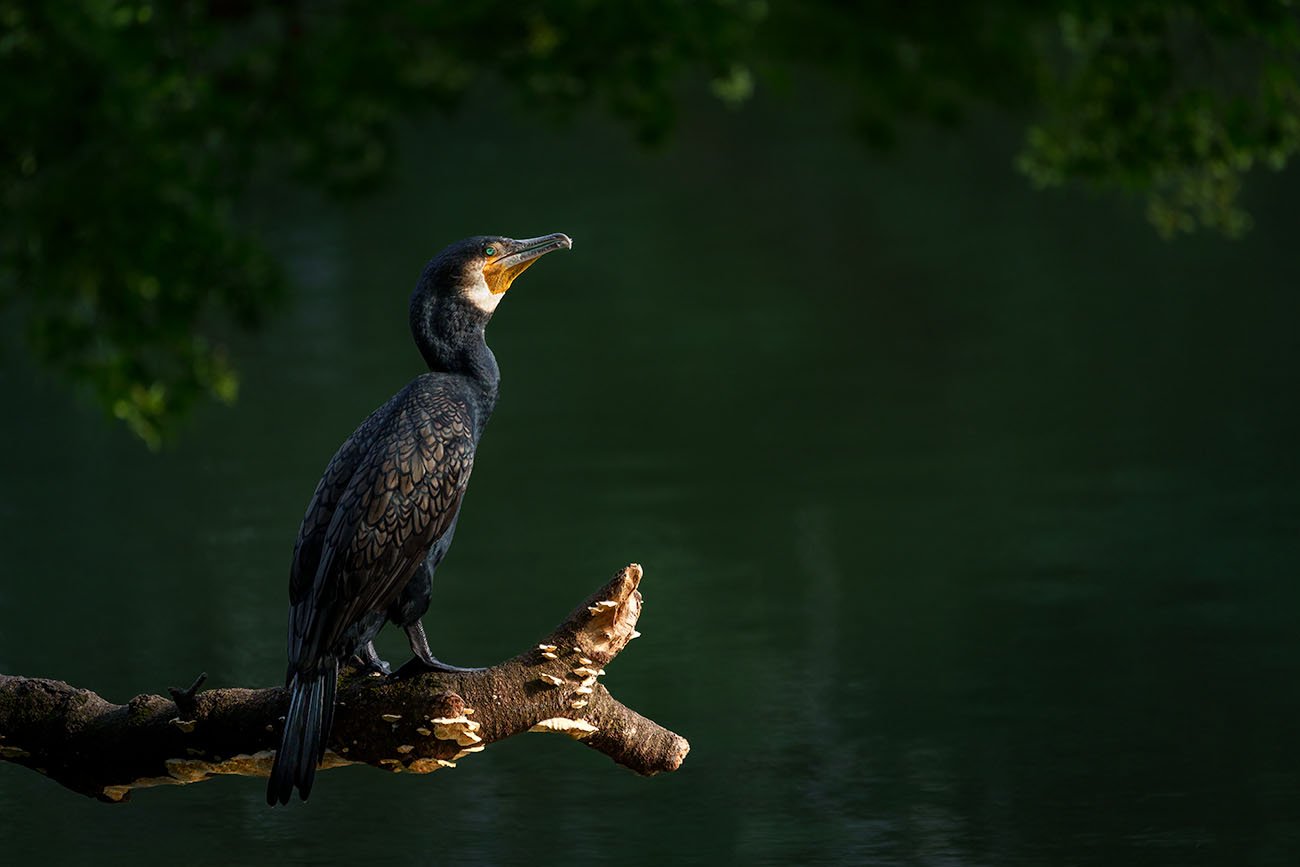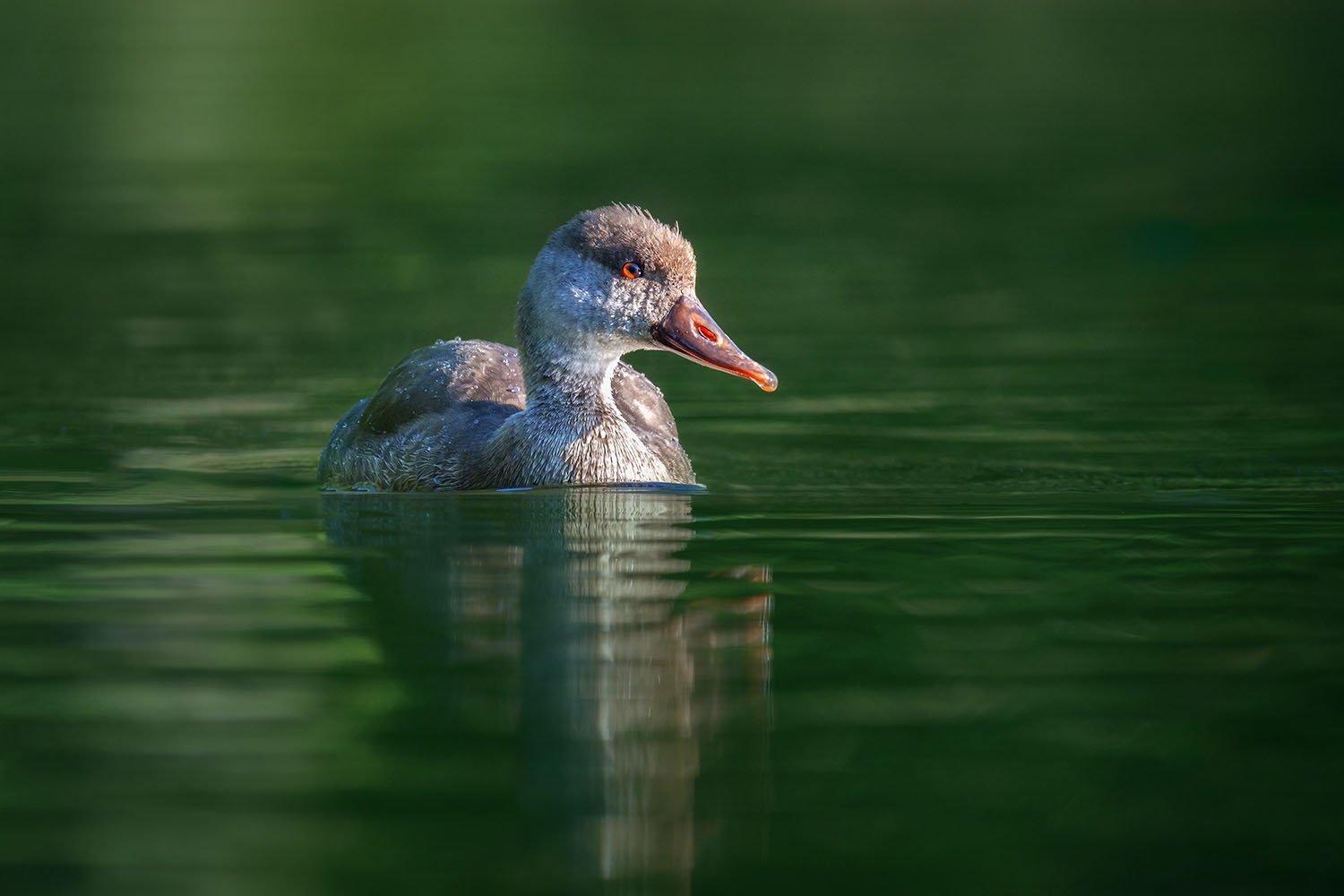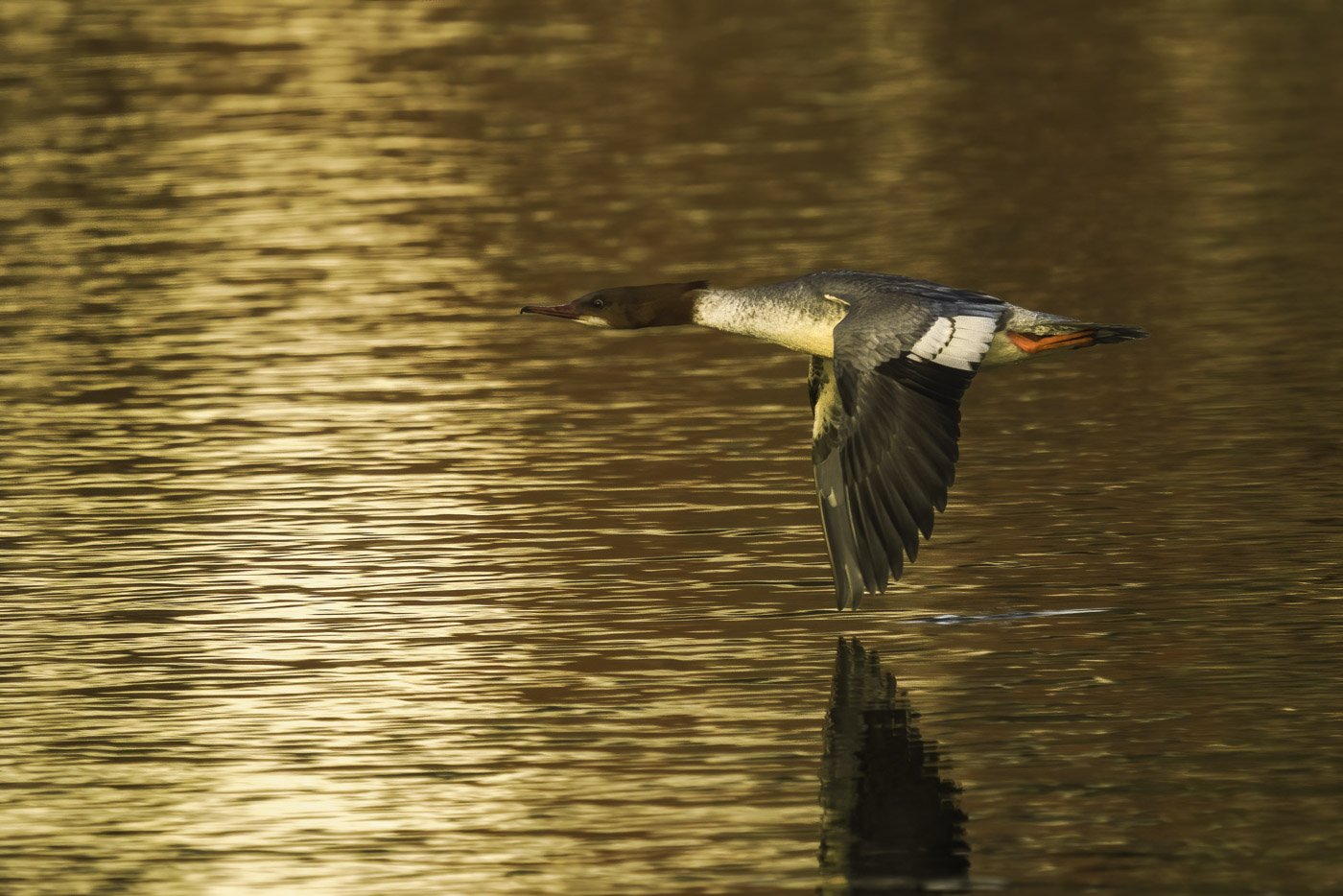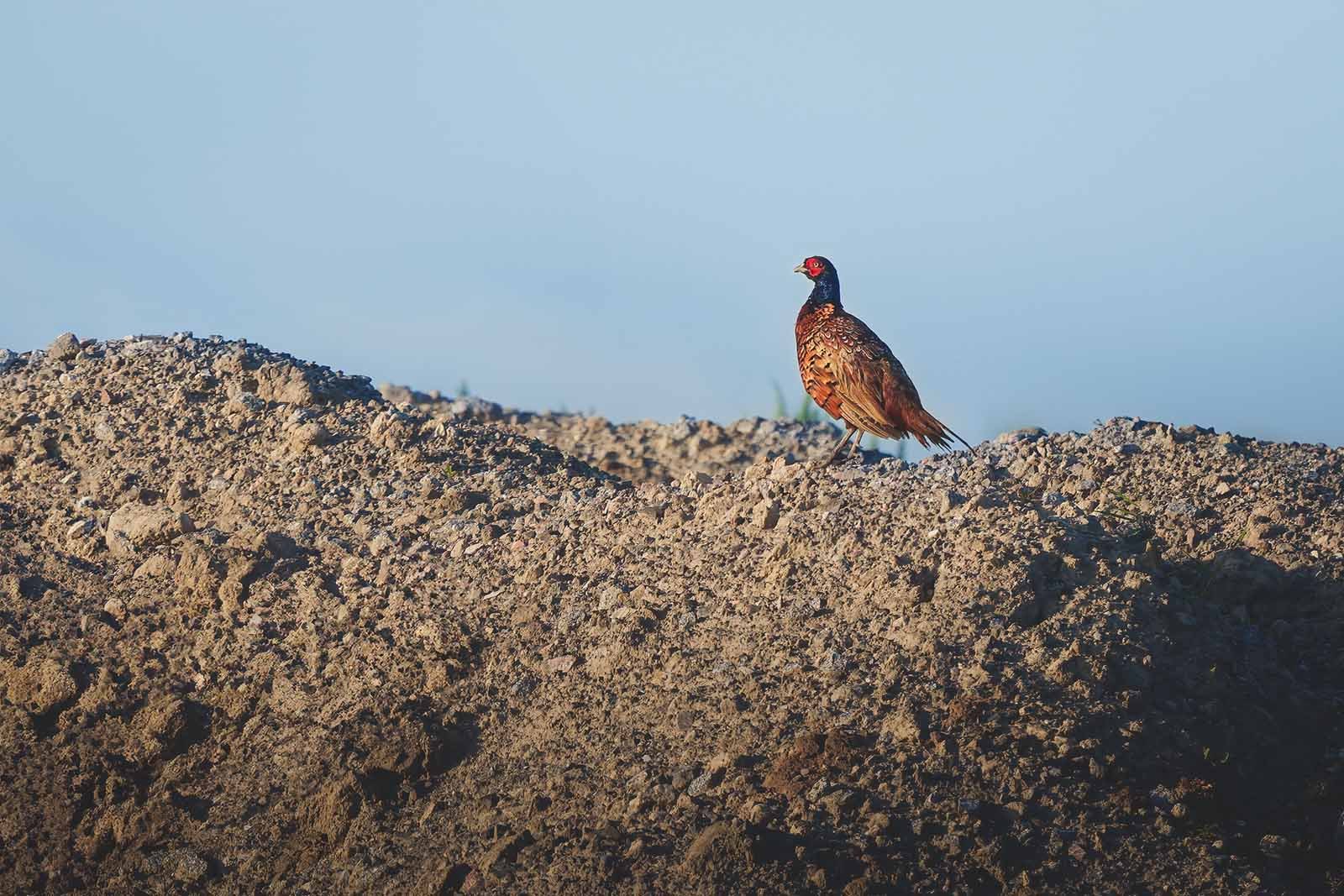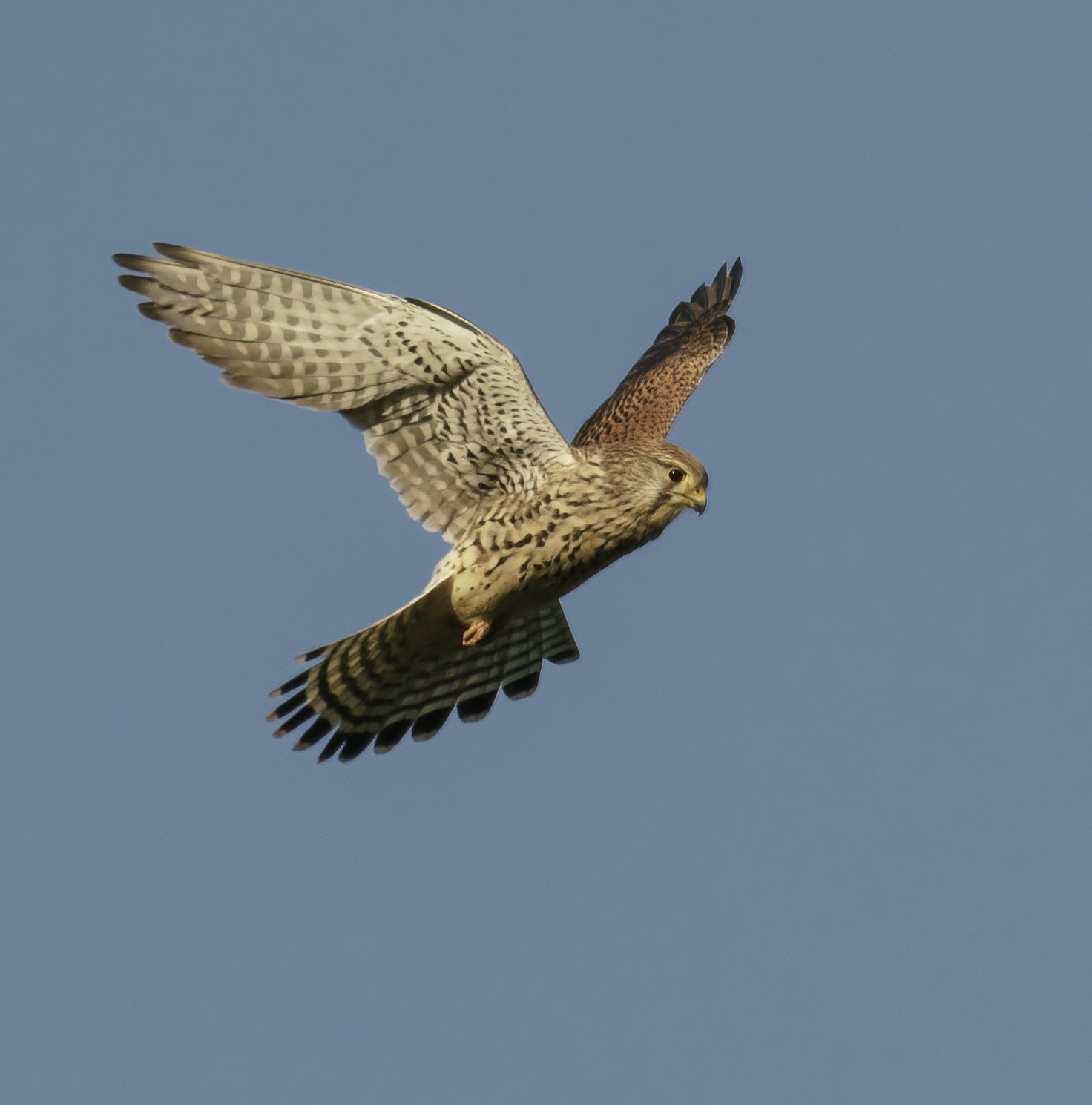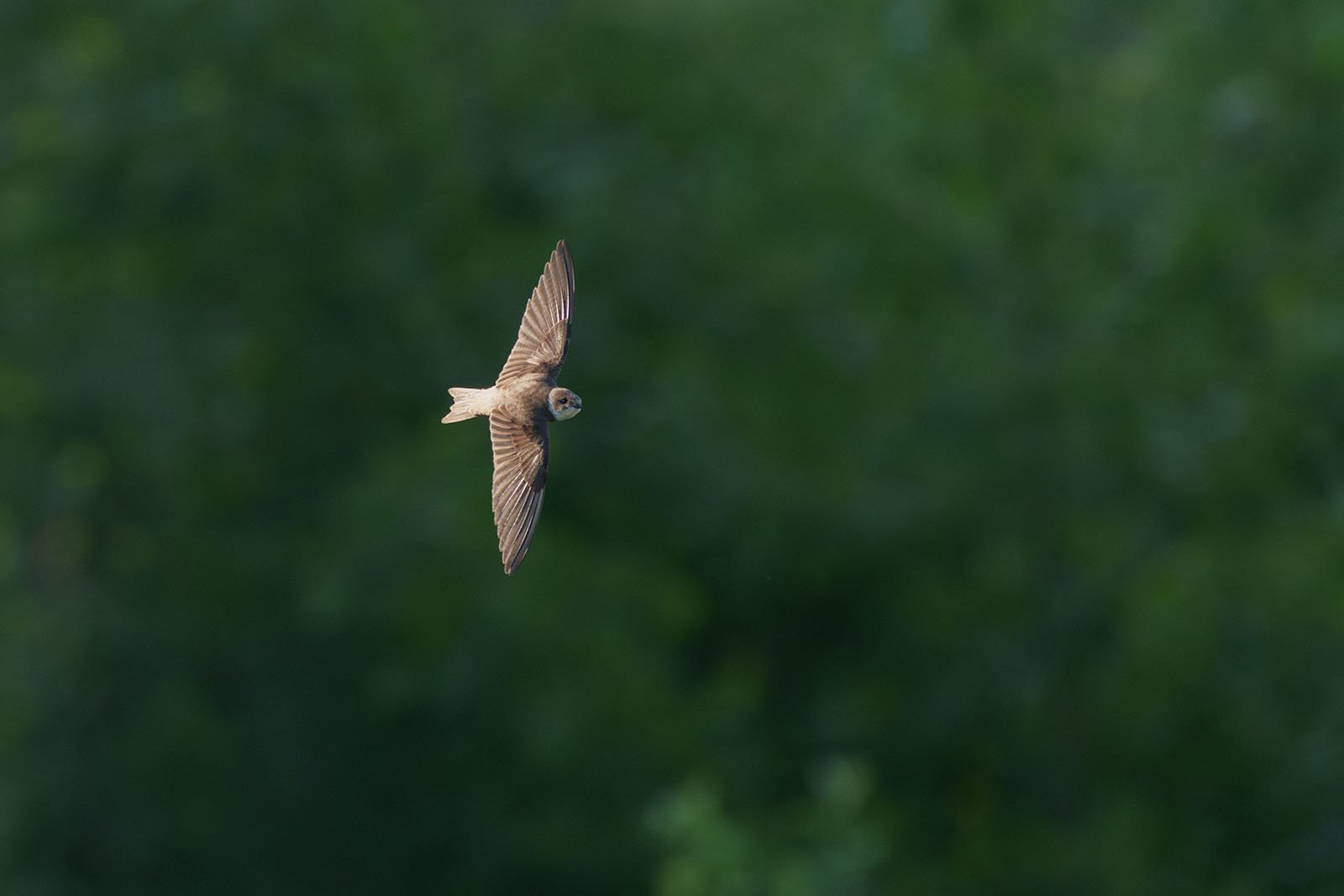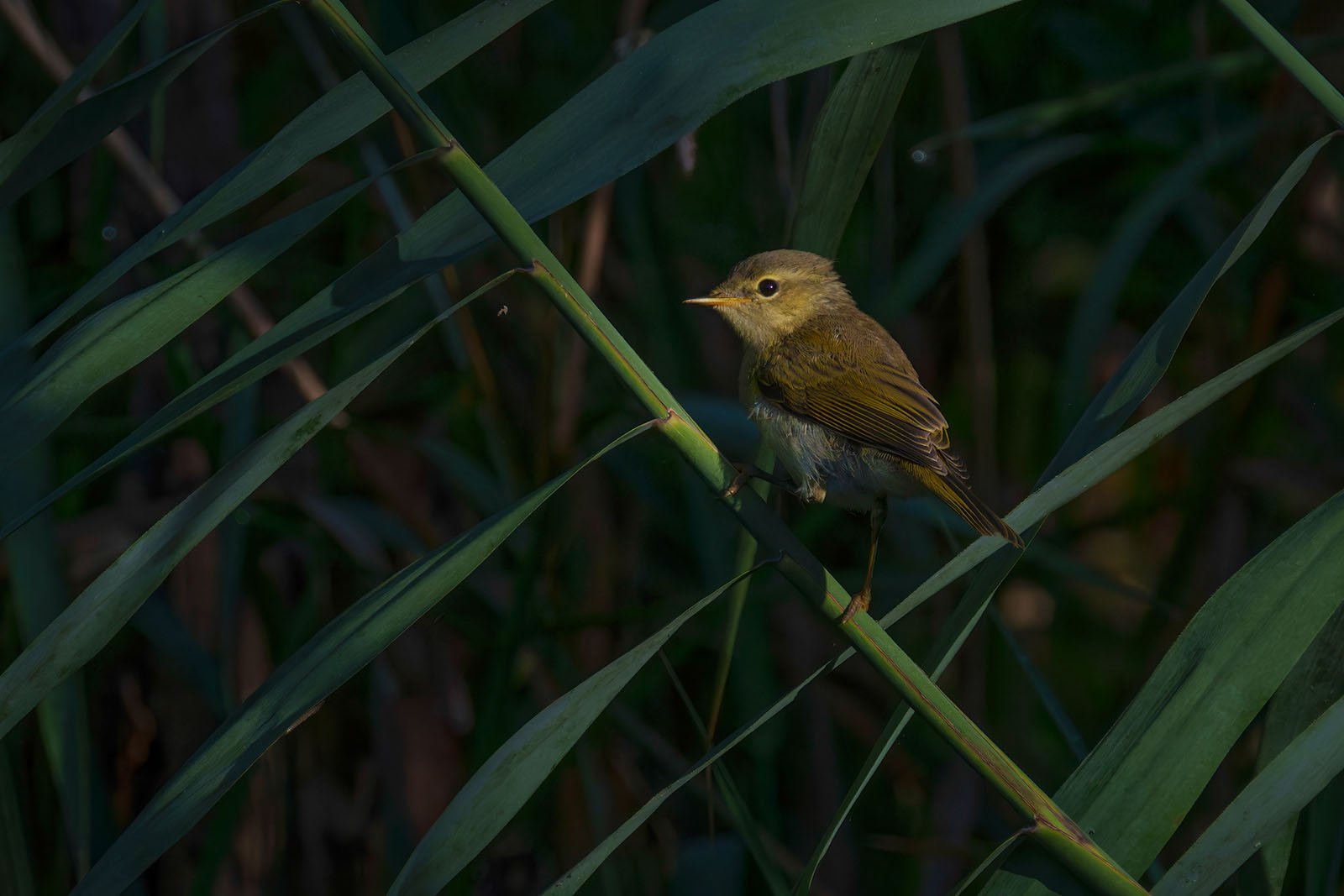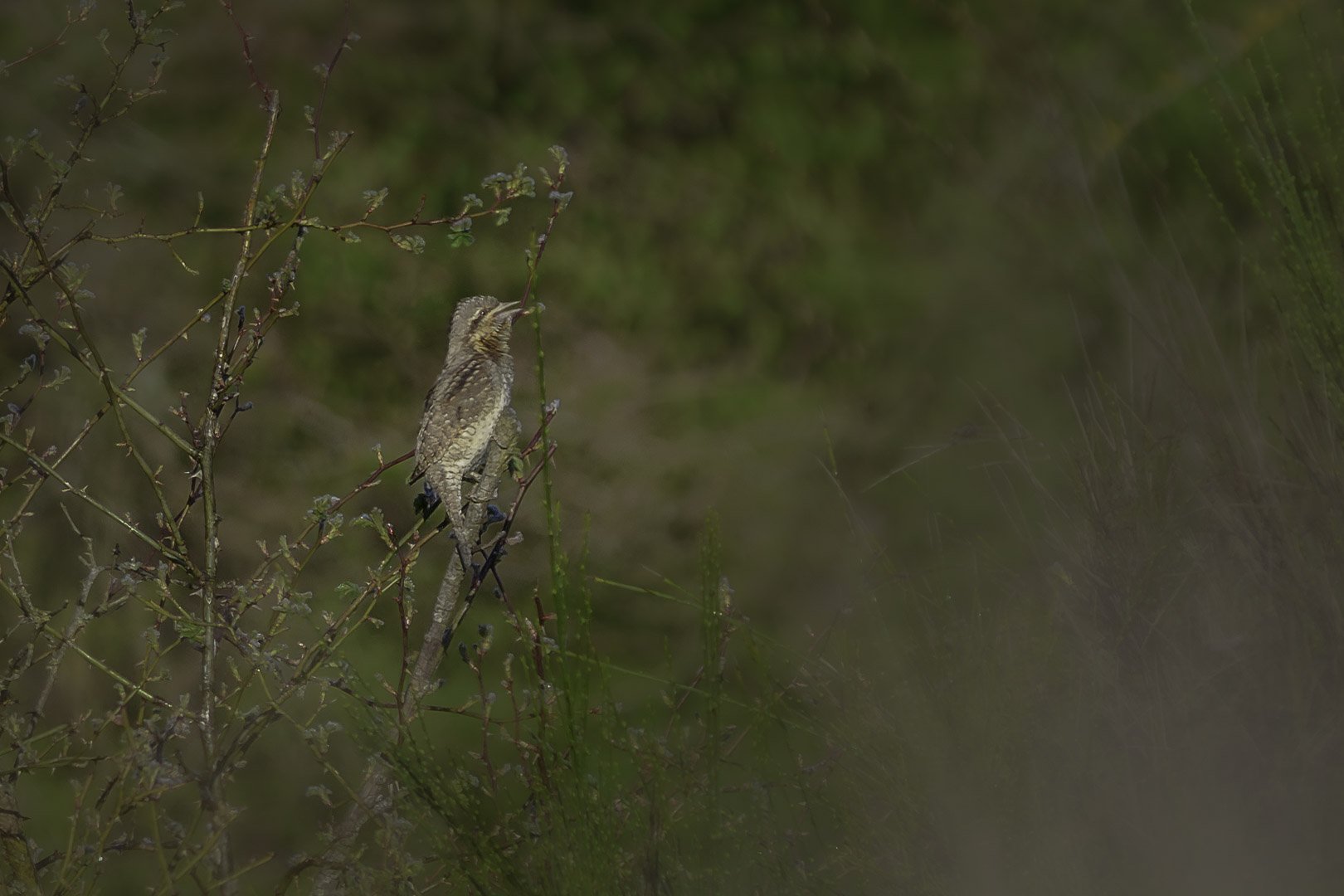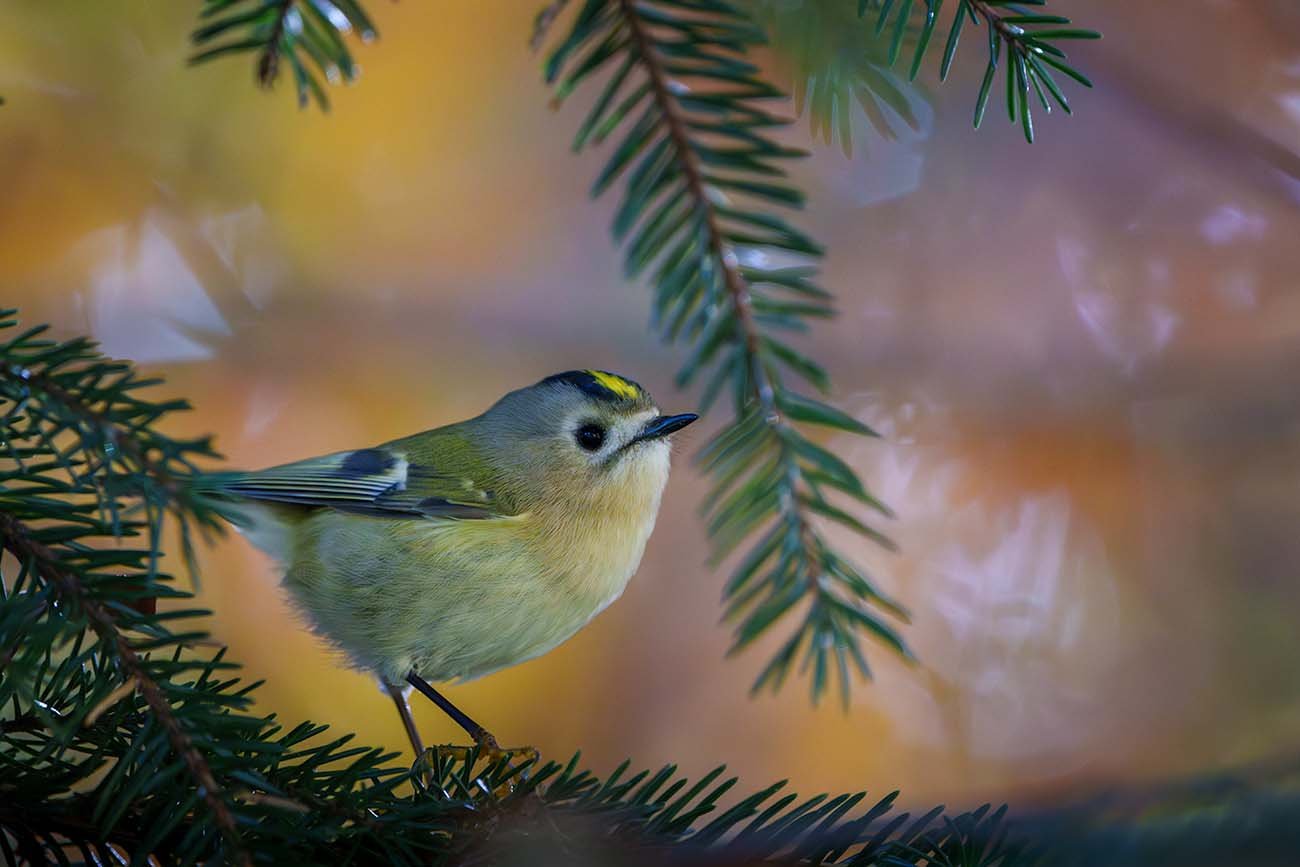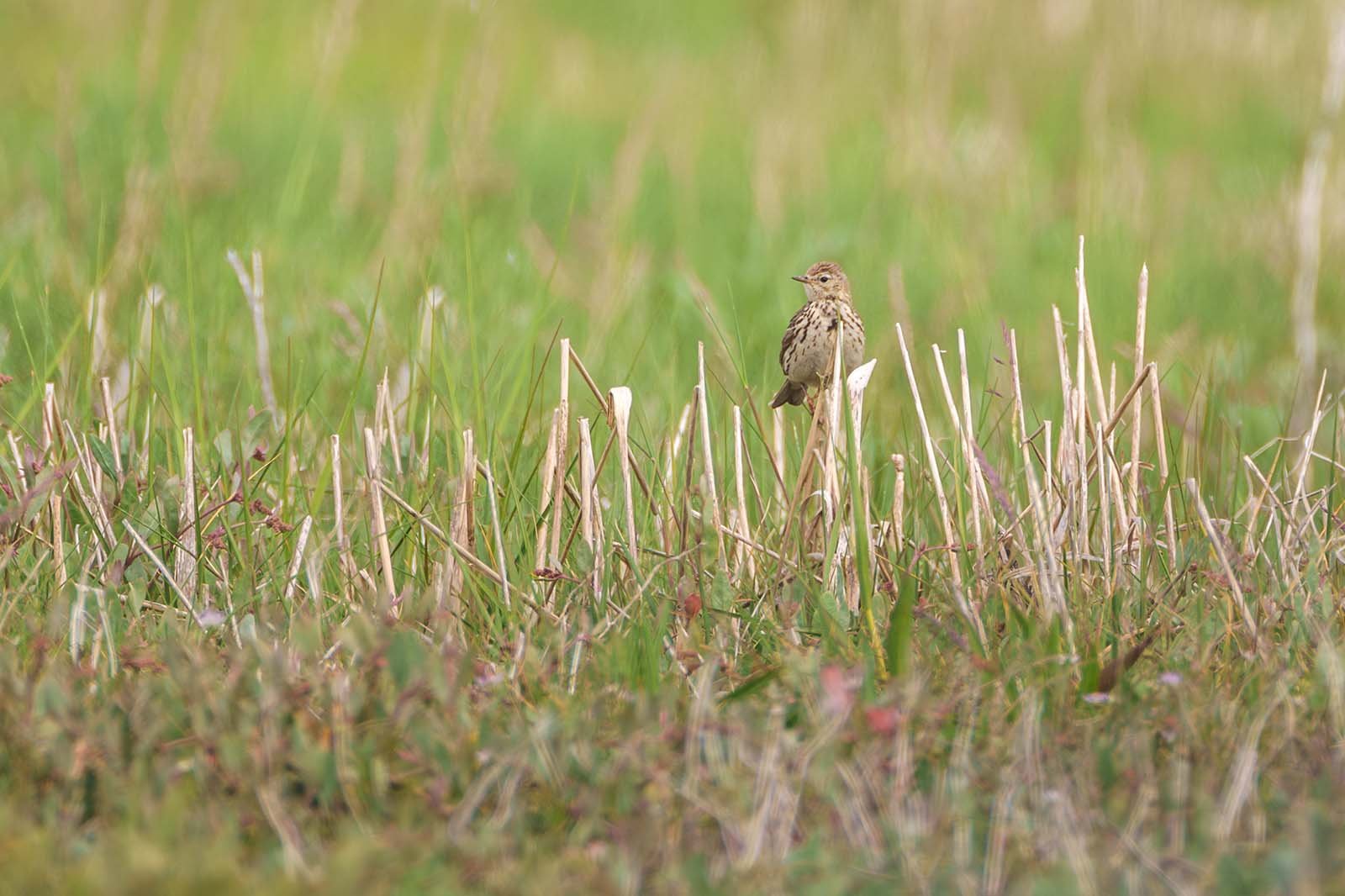Common pochard (Aythya ferina)
Common pochard (Aythya ferina)
Common Pochard – Appearance, Lifestyle, and Conservation Measures
The common pochard (Aythya ferina) is a distinctive diving duck with a striking head profile. Learn more about its appearance, behavior, and habitat.
Shortlist
- Size: 42–49 cm (16.5–19.3 in)
- Weight: 600–1,200 g (1.3–2.6 lbs)
- Appearance:
- Male: Reddish-brown head, red eyes, black-gray bill
- Female: Gray-brown plumage with a gently sloping forehead
- Habitat: Shallow, plant-rich lakes and ponds
- Diet: Mainly aquatic plants, but also snails, insect larvae, and small crustaceans
- Breeding: Nest near the shore, female cares for the ducklings until they can fly
- Call: Males make a soft "pih-u," females produce a raspy "pree-ah"
Key Facts About the Common Pochard
- Scientific name: Aythya ferina
- Family: Ducks, Geese, and Swans (Anatidae)
- Order: Waterfowl (Anseriformes)
- Distribution: Europe, Asia, parts of North Africa
- Migration: Partial migrant, winters mainly in Western Europe
- Conservation status: Declining due to habitat loss
Table of Contents
- Introduction
- Appearance and Identification
- Habitat and Distribution
- Diet
- Breeding and Rearing
- Behavior and Vocalizations
- Annual Cycle
- Threats and Conservation
- FAQ – Frequently Asked Questions
1. Introduction
The common pochard is a diving duck known for its distinctive head shape. Its bill merges seamlessly with its forehead, giving it a pointed head profile. Males are easily recognized by their reddish-brown heads and bright red eyes, while females have a more inconspicuous gray-brown plumage.
These water birds prefer plant-rich lakes with shallow waters, where they dive or dabble for food. The common pochard is a widespread breeding bird in Europe, but its population is declining due to habitat loss.
2. Appearance and Identification
With a body length of 42 to 49 cm (16.5–19.3 in) and a weight of 600 to 1,200 grams (1.3–2.6 lbs), the common pochard is a medium-sized duck species.
Male (Breeding Plumage)
- Head and neck: Reddish-brown, with bright red eyes
- Bill: Black with a gray band
- Chest and undertail: Deep black
- Flanks and back: Pale gray
Male (Eclipse Plumage)
- Overall duller, with black areas fading to dark brown
Female
- Plumage: Uniform gray-brown
- Eyes: Dark
- Bill: Also black with a gray band
The flight of the common pochard is relatively fast and direct. In the air, it appears mostly dark with minimal contrasting markings.
3. Habitat and Distribution
Common pochards prefer shallow lakes, ponds, and reservoirs with abundant underwater and shoreline vegetation.
Distribution
- Breeding areas: Central and Eastern Europe, Asia
- Wintering areas: Western Europe, Mediterranean region, North Africa
Some individuals remain in their breeding areas year-round, while others migrate to milder regions during winter.
4. Diet
The common pochard primarily feeds on aquatic plants but also includes animal matter in its diet.
Main food sources
- Aquatic plants (pondweed, chara algae)
- Seeds and roots
Animal prey
- Snails
- Insect larvae
- Small crustaceans
It mainly forages by diving but also dabbles in shallow waters.
5. Breeding and Rearing
The breeding season begins in April or May.
- Nest location: Well-hidden in dense shoreline vegetation, often on small islands
- Clutch size: 6–10 eggs
- Incubation period: About 25 days
After hatching, the female leads the ducklings and protects them until they become fully fledged at around seven weeks.
6. Behavior and Vocalizations
Common pochards are social birds that form large flocks outside the breeding season.
Vocalizations
- Male: A soft, whinnying "pih-u"
- Female: A raspy "pree-ah"
These calls are most often heard during courtship or in flight.
7. Annual Cycle
- Spring: Return to breeding areas, courtship, and nest building
- Summer: Rearing of young, females begin molting
- Autumn: Juveniles become independent, migration begins
- Winter: Overwintering in warmer regions
8. Threats and Conservation
In many regions, common pochard populations are declining.
Threats
- Drainage of wetlands
- Pollution and pesticides
- Lead poisoning from swallowed shotgun pellets
Conservation Measures
- Protection and restoration of wetlands
- Use of lead-free ammunition in hunting areas
- Designation of protected areas
9. FAQ – Frequently Asked Questions
1. How can you distinguish common pochards from tufted ducks?
Common pochards lack the tufted duck’s crest, and their forehead slopes smoothly into the bill.
2. Where are common pochards most commonly found?
In shallow, plant-rich lakes and ponds.
3. What do common pochards eat?
Mainly aquatic plants but also snails, insect larvae, and small crustaceans.
4. Are common pochards migratory birds?
Partially—some migrate to warmer wintering grounds, while others remain in their breeding areas.
5. How long does it take for the ducklings to fly?
About seven weeks after hatching.





